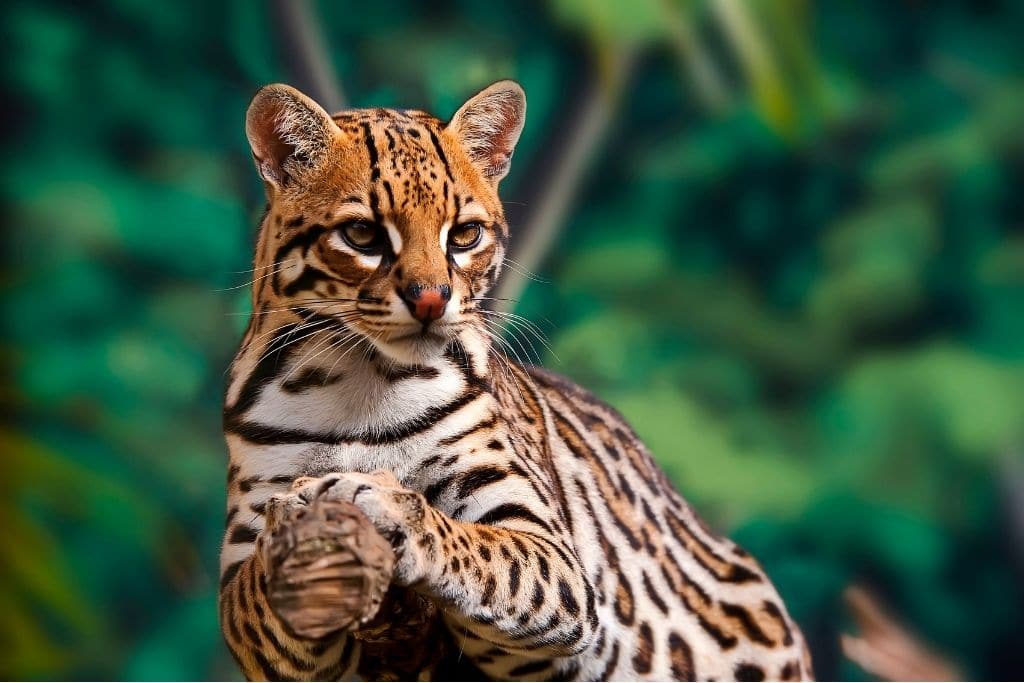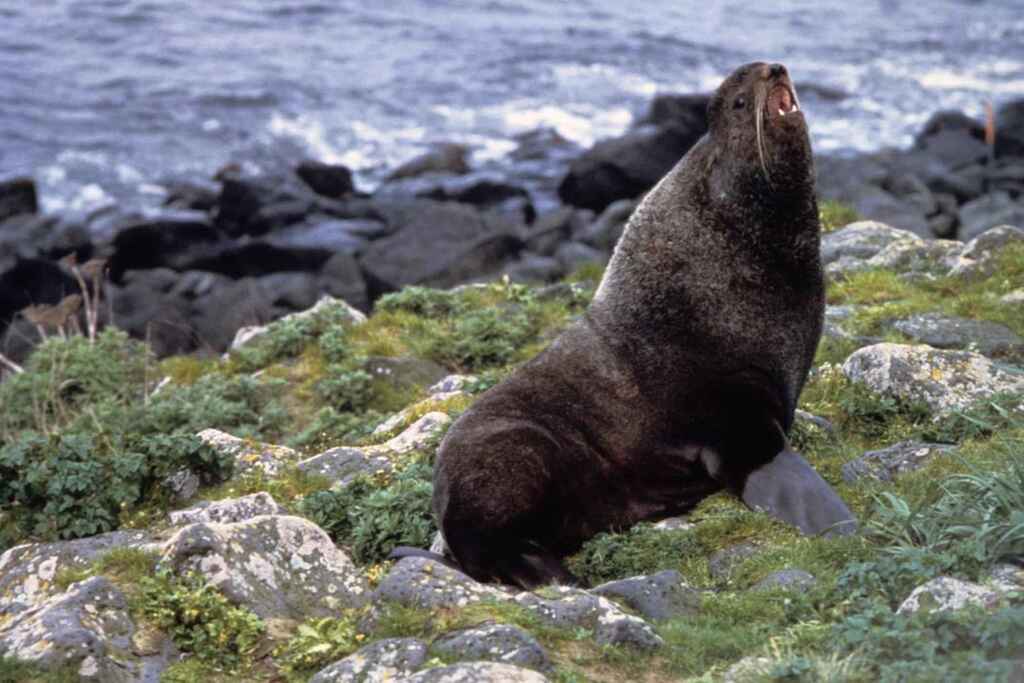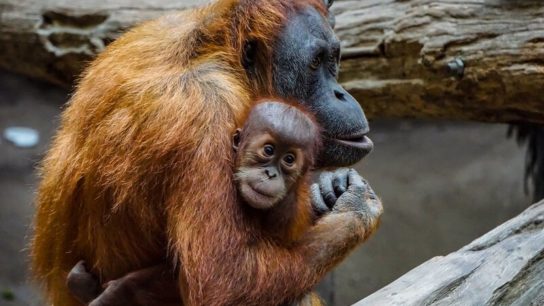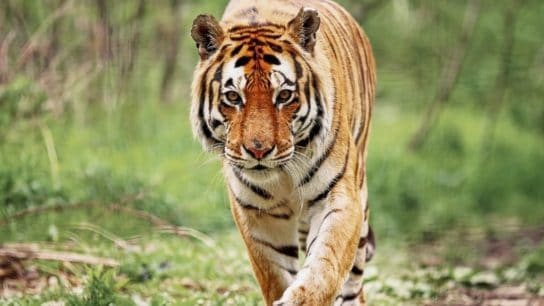North America, encompassing the United States and Canada, is rich in biodiversity and is home to many rare species that are endemic to the region. But as human activity and urban development persist, more biodiversity is lost every day with many more species facing extinction. While both countries have enacted various conservation protection policies – the 1973 Endangered Species Act in the US and the Canada Wildlife Act in Canada – many vulnerable species continued to be affected and struggle to recover. These are just seven of the most endangered species in North America that urgently needs protecting.
—
Red Wolf
The red wolf is undoubtedly one of the most critically endangered species in North America, where about only 15-17 individuals remain in the wild as a result of habitat fragmentation and decades of human activity, including wildlife-vehicle collisions and wolves being shot after being mistaken for coyotes. Though the species has been protected under the Endangered Species Preservation Act, the red wolf population has been struggling to fully recover. But the US Fish and Wildlife Service has since reintroduced the rare species in eastern North Carolina following a captive breeding programme to help conserve and boost population numbers.
Ocelot
Ocelots once ranged throughout North, Central, and South America, but now, they can only be found in parts of Texas, with fewer than 25 individuals left in the wild. The incredibly vulnerable species was listed as endangered in 1982 following habitat destruction and fragmentation due to logging, but its decline was largely due to legal and illegal fur and pet trade between the 1960 and 1980s. During that period, more than 566,000 ocelot pelts were officially sold. With new protection measures and import bans on the spotted cat species, the trade has slowed down but ocelots can still be found in local markets in Central and South America. Vehicle collisions are another significant threat to the species, as ocelots often travel across space and territories, which are now filled with traffic. The largest remaining population of ocelots in the US can be found on the Laguna Atascosa National Wildlife Refuge in Texas.
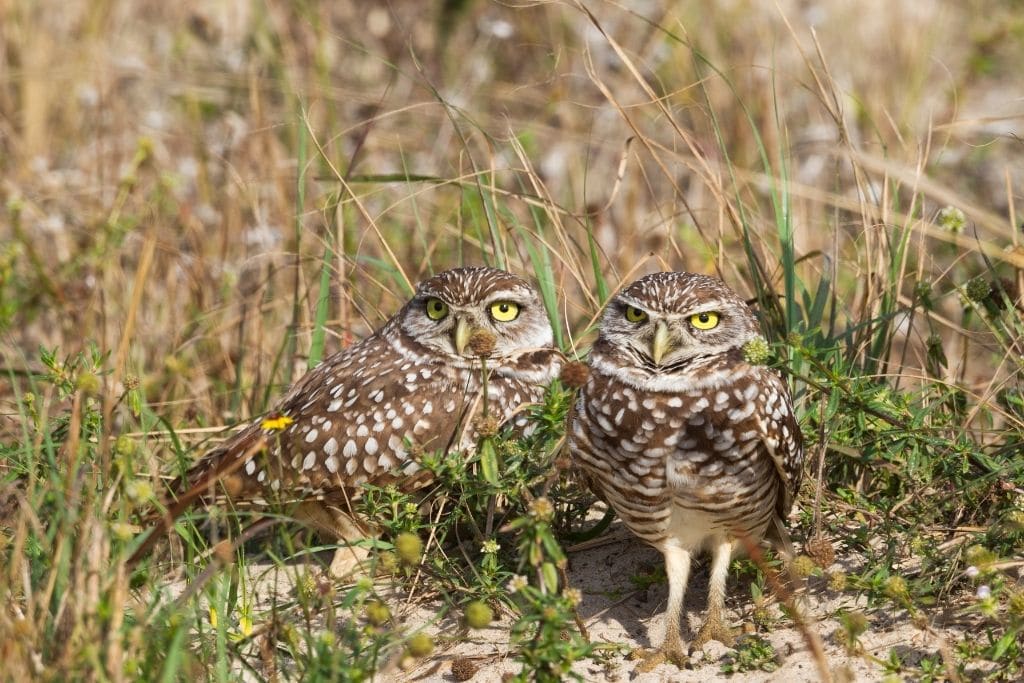
The burrowing owl is one of the smallest owl species and can mostly be found in the prairie grasslands of Canada. Much like most vulnerable species, habitat loss and fragmentation has driven its population to decline, with fewer than 1,000 pairs remaining in the country. Much of the owl’s prairie habitats have been converted for crop production, and its prey such as prairie dogs and ground squirrels have been actively reduced by farmers. Another threat is the use of pesticides, which the owl can indirectly ingest when they consume animal carcasses. Conservationists have been pushing for efforts to steward habitats, discourage the extermination of prey species, and the use of predator-proof artificial nest burrows to help protect and restore the species.
You might also like: 10 of the Most Endangered Species in the US
The Florida Manatee
The survival of this gentle marine mammal has been on a rollercoaster ride over the past few decades. Once critically endangered, its population recovery was considered one of the most successful in conservation history and was even de-listed as an endangered species in 2017 after 40 years of dedicated efforts. But recent water pollution from industry and urban development has destroyed significant amounts of seagrass beds in their common feeding grounds. As a result, more than 1,000 manatees have died in 2021 from starvation, driving wildlife officials to hand feed the animal in an unprecedented conservation move to save the species. The situation has become so dire that many scientists and environmentalists are arguing for the species to be considered endangered again.
California Condor
The California condor is the largest known wild bird and a critically endangered species in North America. It was all but extinct with only about six individuals left in the wild during the 1980s. This dramatic population decline resulted from lead poisoning, where birds often accidentally ingest bullet fragments left in animal carcasses, and consuming pesticide DDT, which reduced eggshell thickness, hindering the species from repopulating. Thanks to an intensive captive breeding programme, this bird of prey has been released back to the wild and saw population numbers climb back up to 223 by 2003.
Northern Fur Seal
Northern fur seals spend most of the year in the ocean, coming to shore only to breed. The species’ habitat range covers from Japan to the Channel Islands of California, where the Farallon Islands off the California coast was once a popular breeding ground. But the seals were hunted extensively for their fur in the late 1800s. It wasn’t until 1985 before the US finally banned commercial harvest of northern fur seals on the Pribilof Islands, and placed the fur seals under the protection of the Marine Mammal Protection Act, meaning that it is illegal to kill them except for research or native subsistence. It is estimated the current population is about 1.1 million globally, but threats to the species are growing. Northern fur seal competes with commercial fishing industries for food, faces risk of bycatch or entanglement in fishing gear, as well as the adapting to the impacts of climate change on ocean temperatures and conditions.
Loggerhead Sea Turtle
95% of the species’ breeding population in the US can be found in Florida – though the sea turtle have been known to nest in South and North Carolina, and the Alabama coasts in the Gulf of Mexico as well. The loggerhead sea turtle has been endangered since the 1970s as human and urban development continues to take over its beaching nesting habitats, often converting them into recreational beach facilities.The turtle’s population decline can also be attributed to bycatch in commercial fishing and trawling. Decades of dedicated conservation efforts has helped boost population numbers by 24% between 1989 and 1998, with an estimated total of more than 100,000 nests each year.








